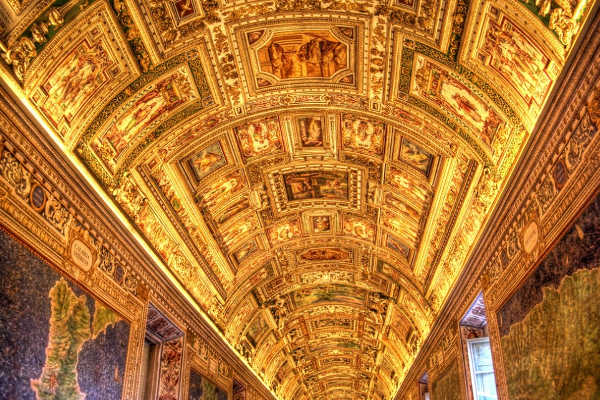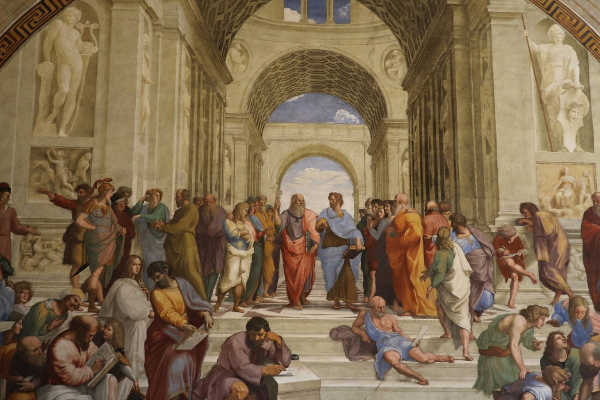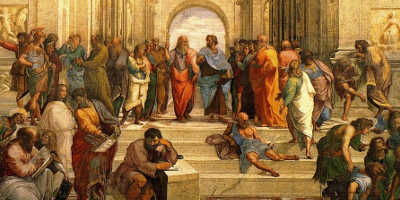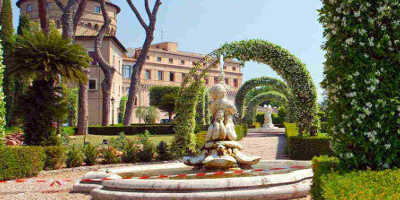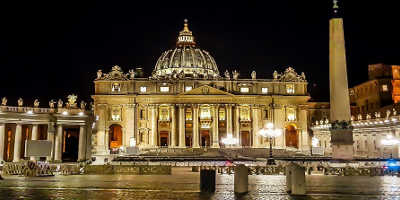Vatican Museums, Vatican City
The Vatican Museums are one of the world’s true marvels.
Visiting the smallest city in the world, Vatican City, is like a trip to one enormous gallery, and the reason for this is that the streets are lined with museums filled to the brim with some of the world’s most famous artworks. If you’re an art lover, it’s safe to say that there is no destination on earth more worth a visit than the Vatican City.
The Beginning of the Vatican Museums
The birth of these museums was in the early 16th century. Pope Julius II founded them by purchasing the Vatican’s very first piece of art. This was a marble sculpture, known as “Laocoön and His Sons” which depicts three immaculately detailed figures fighting off writhing serpents. What makes this story all the more fascinating is the fact that this sculpture was found in a vineyard near the Basilica di Santa Maria Maggiore on the outskirts of Rome and was just an installation in the vineyard. After some consultation from the Pope’s art ‘agents’, Julius II decided to make the first purchase and thus began the Vatican City’s enormous collection of artworks.
The Magnitude of the Vatican Museums
It truly is enormous, with over 70,000 artworks within the walls of Vatican City, it is one of the largest collections in the world. However, not all of these are on display, only around 20,000 artworks are available to the public, while the other 50,000 remain in safe storage. To accommodate such an exceptional number of artworks, the Vatican City is home to 54 galleries, known as the Vatican Museums. These galleries are comprised of 1400 rooms and provide the ideal lighting and conditions to both preserve and display each piece of art. Many of the museums also double as attractions of their own, such as the Sistine Chapel, which is famous for the works of Michelangelo on the ceiling, or St Peter’s Basilica, the largest Catholic church in the world.
Some of the world’s most important renaissance masterpieces are on display in the Vatican Museums, all of which have been collected by a series of Popes through the ages. This collection truly is a feast for the eyes and draws over 6 million visitors each year to explore the beauty of museums.
The Gallery of Maps
Painted to allow Pope Gregory XIII to see the expanse of the Papacy, the Gallery of Maps is an astounding piece of geographical art. The frescos feature different sections of the map of Italy and adorn the walls of the 120-meter-long corridor on the third floor of the Belvedere Courtyard. Ignazio Danti was the artist and he took only 18 months to complete the works. The frescoes across the ceiling of the corridor are depictions of events that happened at each of the respective map locations including the Seige of Malta and the Battle of Lepanto.
Stanza di Raffaello
Otherwise known as the Raphael Rooms, these 4 rooms are a part of the apartment of Pope Julius II. Pope Julius was a fan of many of the artists at the time and had decided to ask them to decorate his apartment. However, after seeing the work of 25-year-old renaissance artist Raphael, he decided to commission only him to complete the decorations. Raphael began working on the paintings in 1508 but was frequently distracted by his work within St Peter’s Basilica. In 1520 Raphael died and the pieces were completed by his assistants.
Each room has a different theme to its paintings, the most famous being the ‘Room of the Segnatura’. These frescoes were completed by Raphael himself and his most-loved work is that of ‘The School of Athens’. In this scene, Plato and Aristotle are seen discussing philosophy whilst their students listen intently. Careful inspection will reveal that the image of Plato is, in fact, a painting of Leonardo da Vinci. Eulicide is painted as Donato Bramante (the architect) and the single figure located on the steps in Michelangelo. Raphael also painted himself in the bottom-right corner.
The other rooms are titled: ‘Constantine’, ‘Heliodorus’, and ‘Room of the Fire in Borgo’. The Room of Constantine was named after the first Christian emperor to recognise the Christian faith, the Room of Heliodorus displays historical moments from the Old Testament and the Room of the Fire is named after one of the frescoes, The Fire in the Borgo.
Pinacoteca
A relatively new kid on the block, the Pinacoteca was inaugurated in 1932. Its collection is housed within a building that was built by Luca Beltrami for Pope Pius XI. Its location was chosen because it offered the best lighting conditions to protect and preserve the paintings within. The collection is made up of almost 500 paintings across 6 rooms from master artists such as Giotto, Raphael, Crespi, and Caravaggio.
Other Vatican Museums to visit
With 54 museums to visit it can be hard to fit them all in or to choose which to visit. Those interested in Ancient Egypt can visit the Gregorian Egyptian Museum where numerous sculptures and statues that were brought through Rome during the time of the empire are on display amongst the 9 rooms. If you are interested in impressive internal architecture then the Spiral Staircase by Giuseppe Momo in the Vatican museum is sure to impress and if you love to view beautiful statues then the Gallery of Statues is not to be missed. Visiting the other galleries within Vatican City allows you to take in the wonderful artworks and architecture whilst also giving you a break from the bustling crowds of the more popular attractions such as St Peter’s Basilica and the Sistine Chapel.
A trip to the Vatican City means a fantastic cultural exploration of the ancient and more recent history of Rome and should be on your list of top things to see and do whilst in Rome.


